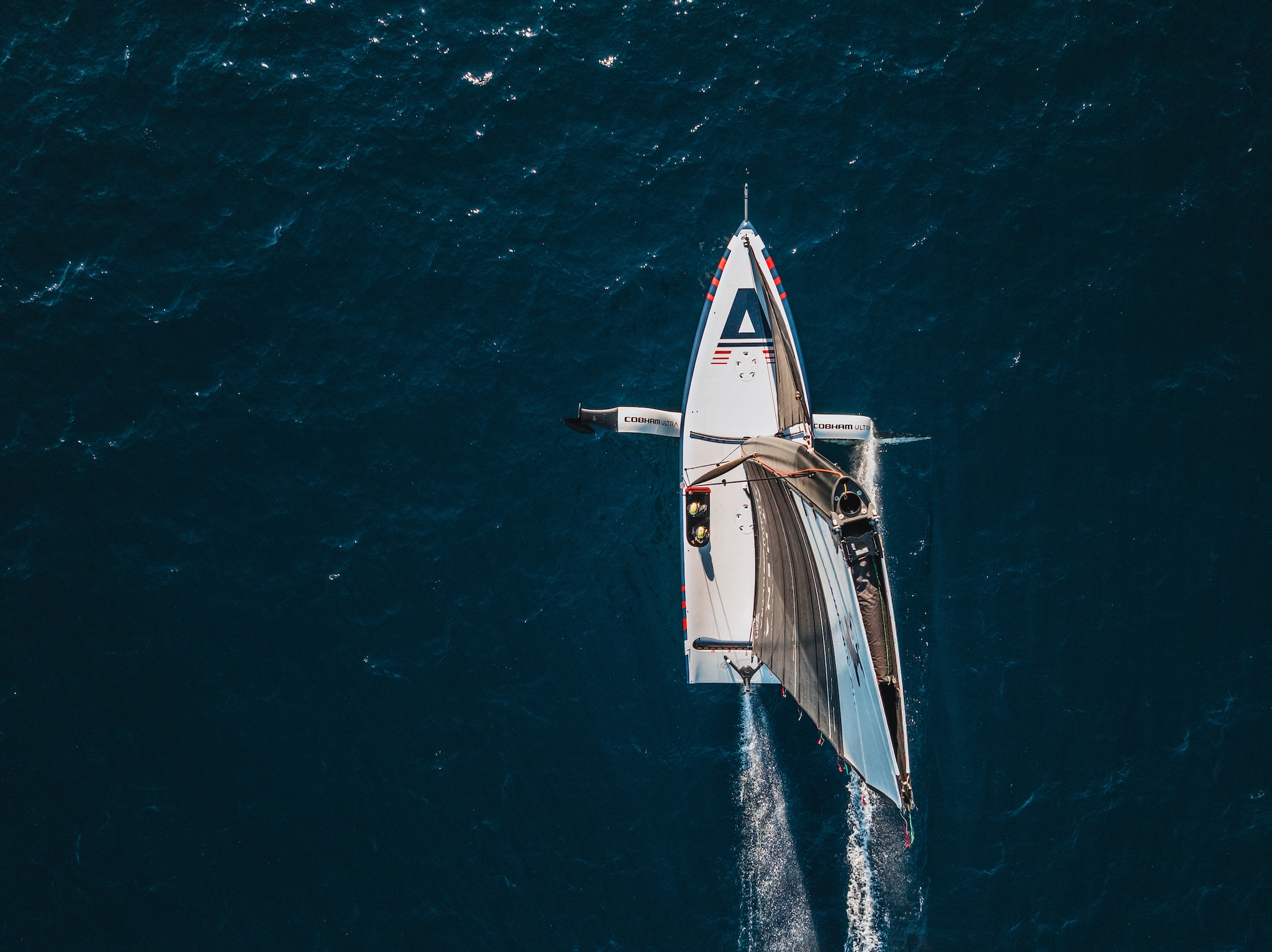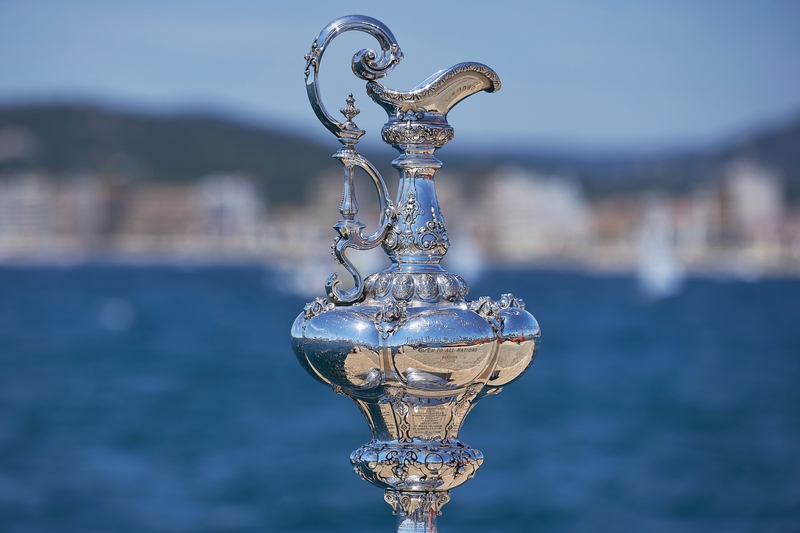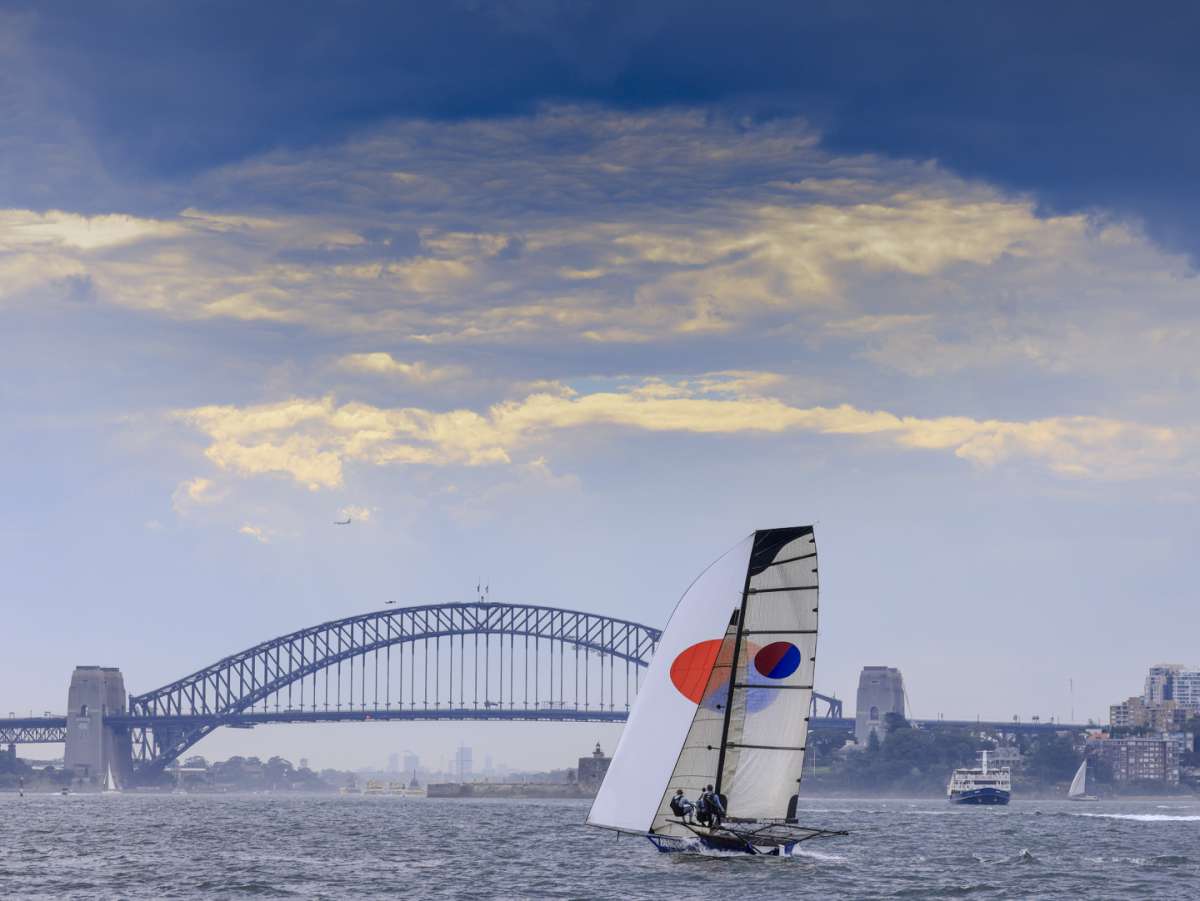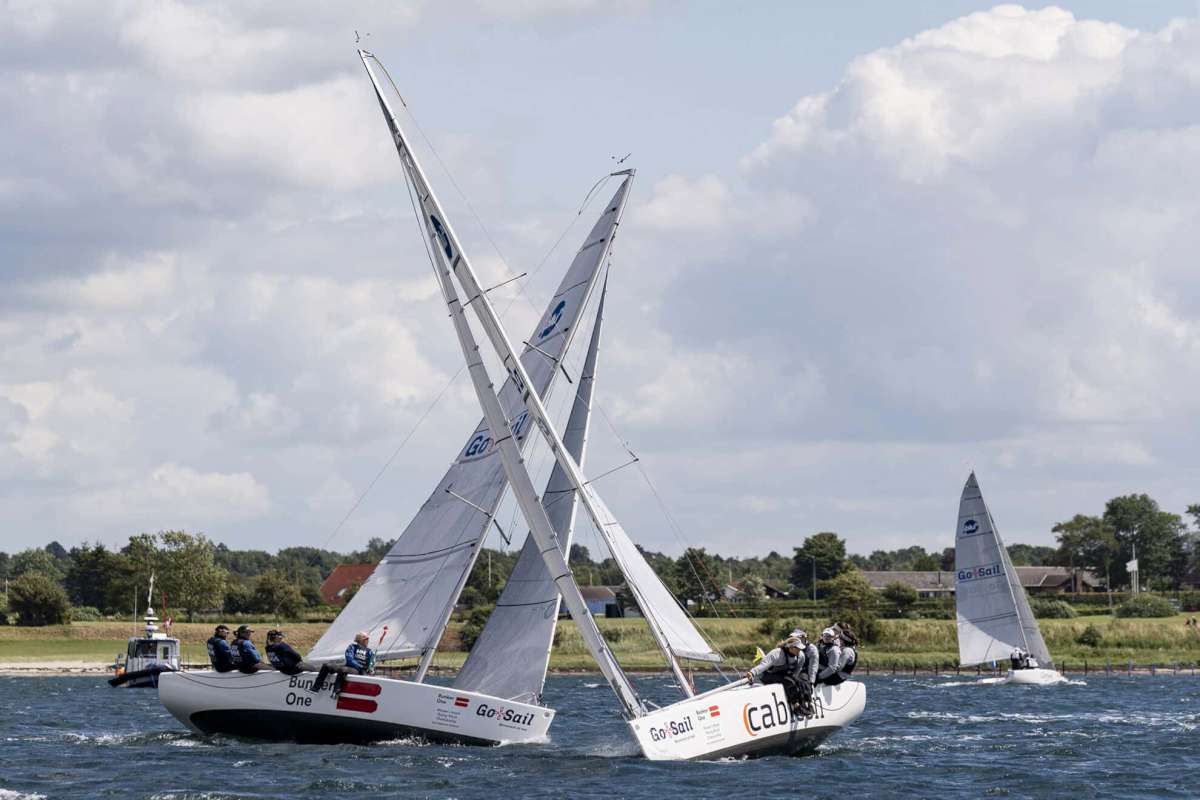JUST CRUISING WITH KEITH FLEMING
When transferring from shoreside living to living full-time on board a cruising boat, there is no reason to downgrade your lifestyle.
It is just as important to keep healthy and live a comfortable life. This quality of life is governed by the axiom of ?keeping it fresh?. The criteria for keeping it fresh is air, food and water. Fresh air inside the boat is a must and can be obtained through hatches, port holes, and the companionway. By keeping these open, you will keep clean fresh air circulation through your hull all the time. In hot weather, it sometimes needs a bit of a push, so the addition of a wind scoop above the front hatch will assist more air into the boat. Of course, I am assuming that you are swinging at anchor and therefore facing into the wind. The importance of fresh air is to not only keep your health but also to stop dampness inside the hull and to prevent mould. It also keeps the fruit and vegetables in good condition. When considering ventilation, don?t forget the engine room and the bilges.
If you are just starting out on your cruising lifestyle, you will need to consider refrigeration. Do you have sufficient volume to suit your lifestyle and is the unit fitted to your boat well-constructed and of sufficient power? Do you have sufficient battery power to feed the fridge or freezer on a full time basis? There is much discussion on whether you really need a freezer at all and should just rely on a good refrigerator. Good refrigeration is a must in the cruising life. Vegetables will spoil if frozen and most meat can be kept for several weeks if vacuum-packed and kept just above freezing point. I have always found that a good refrigerator will usually freeze in the bottom of the box if you put a board on top of anything you have in the bottom three inches of fridge space. If you intend taking long trips, you need to take more care of what you buy with reference to use-by dates and be very careful to inspect sealed packages that come in boxes to see that there are no small holes in the package. Items such as flour, milk powder and pasta often carry weevils. Whenever we go on a long trip, we put perishable items like the above in a shoreside freezer for a couple of days to kill any bugs that might be in the items. You are going to need to take a few courses in bread-making so that you can have a constant supply of fresh bread. Bread will last longer if stored in the coolest part of the boat. When storing items like a cabbage, you will have to sacrifice the outside leaves each time you use it. Fresh potatoes will keep much longer if you wrap them individually in newspaper. Eggs will keep for long periods if you rub them over with vasaline and turn them once a week. When planning a long trip it might be an idea to visit your nearest Asian grocers and look for some dried goods such as mushrooms and so on. Tinned food should be marked by a pen with the name of the contents and the date of purchase in case they get wet and the labels come off.
Having sufficient drinking water is also a problem. Many yachts are designed with very small water tanks. You may have to increase your capacity. Water-makers can be a help but are expensive to buy and heavy on power to operate. As you will be doing most of your cruising in the tropics.
























